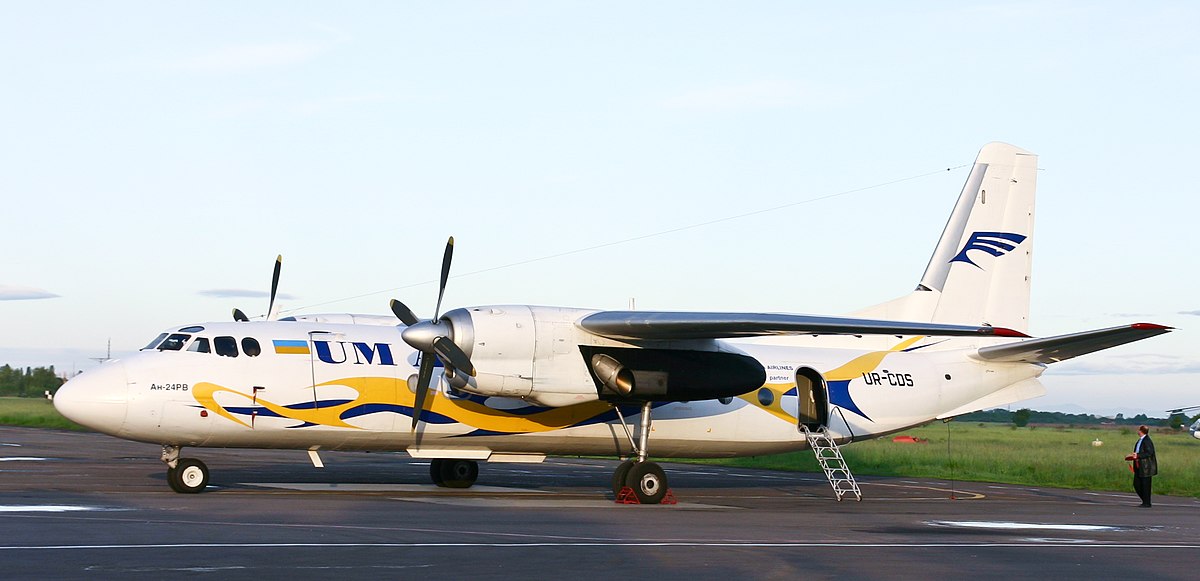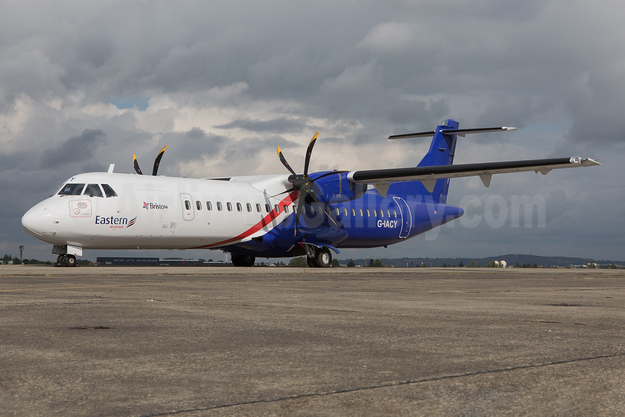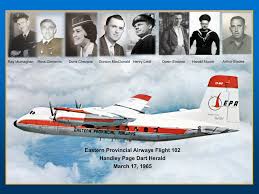
Introduction to the AN-24
The AN-24, a twin-engine, turboprop regional airliner designed in the Soviet Union, has been a staple of civil aviation since its introduction in the early 1960s. Recognised for its reliability and versatility, the AN-24 has served various roles, from passenger transport to cargo and even military applications. Its enduring presence in both domestic and international markets highlights its importance in the evolution of regional air travel.
Specifications and Design Features
The AN-24 was developed by the Antonov Design Bureau and first flew in 1959. It has a maximum seating capacity of 52 passengers and a range of approximately 1,000 kilometres. One of its notable design features is the high-wing configuration, which allows for short takeoff and landing capabilities, making it suitable for operations in remote and regional airports. The aircraft is powered by two Ivchenko AI-24 engines, which contribute to its impressive performance characteristics.
Service History and Global Impact
Initially, the AN-24 was primarily used within the Soviet aviation network. However, with the dissolution of the Soviet Union, the aircraft began to be operated by various airlines across Eastern Europe, Africa, and Asia. Its design has allowed it to adapt to numerous operational demands, including passenger services, freighter modifications, and even firefighting roles. Analysing its global service history reveals how adaptable the AN-24 has been in navigating the challenges posed by different aviation markets.
Current Use and Legacy
As of 2023, the AN-24 continues to be operated by several airlines and cargo carriers worldwide, although newer aircraft models have overtaken it in many markets. The aircraft’s legacy is maintained by its robust design and the loyalty of operators who appreciate its capabilities in challenging operating environments. Regular maintenance and refurbishment have allowed many AN-24s to remain in service well beyond their initial lifespan, showcasing excellent engineering.
Conclusion
In conclusion, the AN-24 aircraft exemplifies the significant advancements in aviation technology during the mid-20th century. As aircraft efficiency and passenger comfort become paramount in today’s aviation industry, the continuing operation of the AN-24 highlights the lasting impact of early regional aircraft in shaping air travel. Looking ahead, while the trend leans towards more modern aircraft, the AN-24 remains an esteemed part of aviation history, celebrated by enthusiasts and professionals alike. Its multifaceted roles across the globe serve as a reminder of the evolution of air transportation.
You may also like

Everything You Need to Know About Eastern Airways Flights

Wizz Air’s Expansion: Navigating New Routes in 2023
